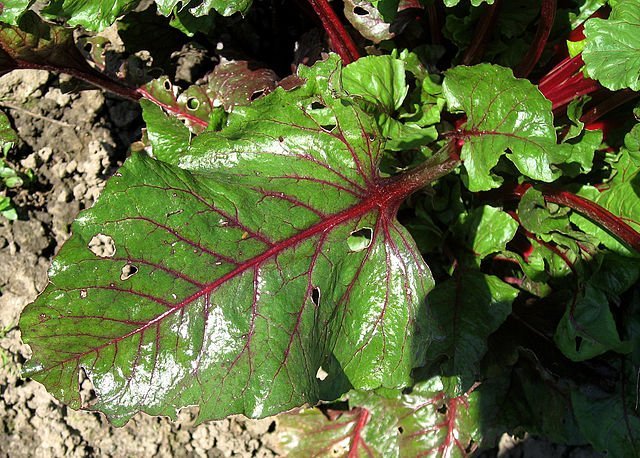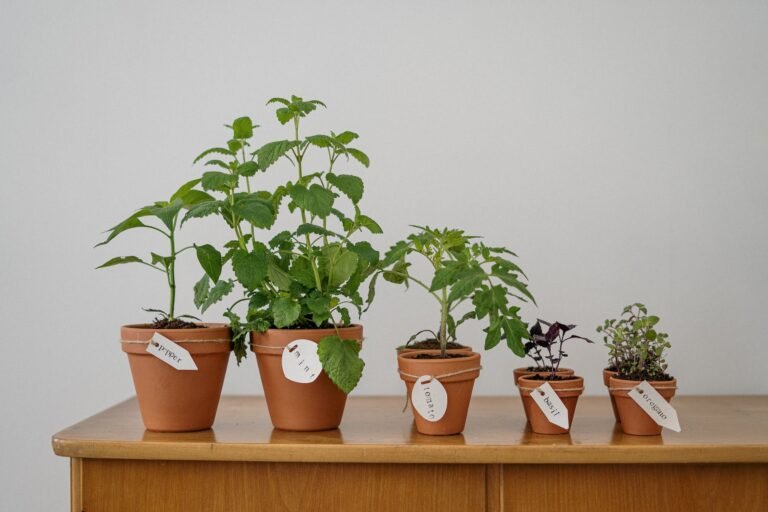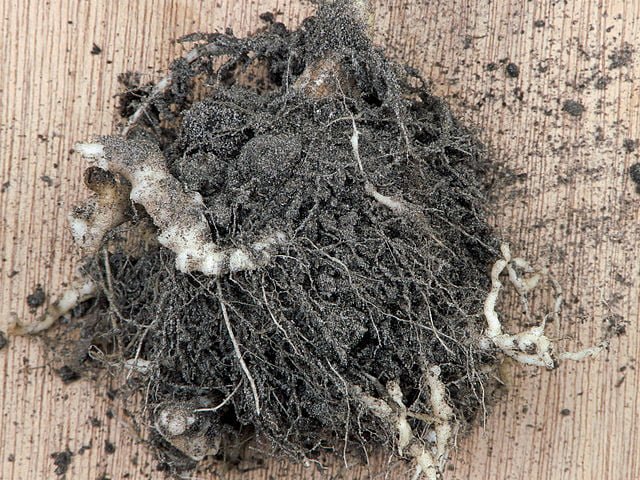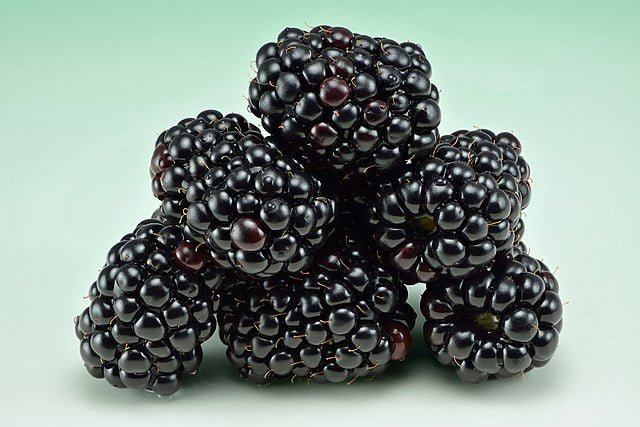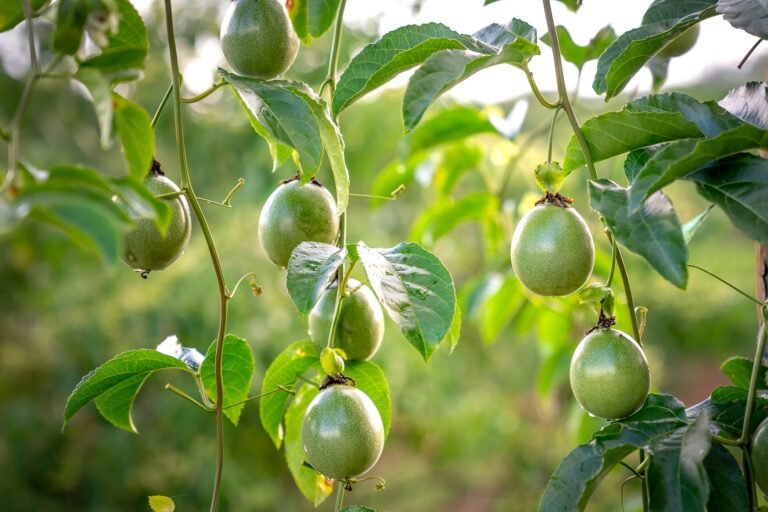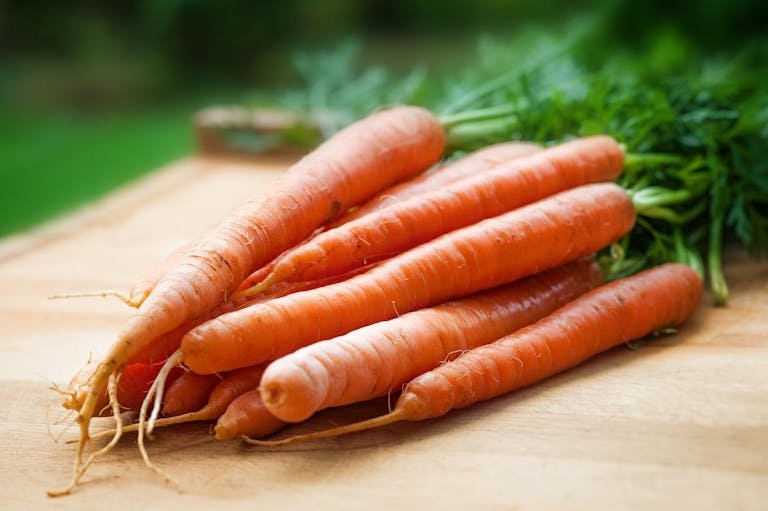Beets: Unearthing Delights
Beets, with their vibrant hues, sweet earthy taste, and nutritional prowess, have long been a favoured staple in kitchens around the globe. These versatile vegetables aren’t just for salads and borscht; they can be juiced, roasted, pickled, and even baked into sweets. The good news for gardening enthusiasts is that beets are relatively easy to grow. In this article, we’ll guide you through the process of cultivating beets in your own backyard.
Understanding Beets
Beets (Beta vulgaris) are cool-season root vegetables that belong to the Chenopodiaceae family. They’re highly adaptable and can grow in a variety of climates, but they prefer the cooler temperatures of spring and fall. What’s more, every part of the beet is edible. The roots are rich in antioxidants, and the greens are packed with vitamins and minerals.
How to Grow Beets
How to Plant Beets
- Preparing the Soil: Beets thrive in well-drained soil with a pH between 6.0 and 7.0. They require a loose, deep soil bed for proper root development. Remove any stones or debris that might obstruct the growth of the beetroot and work in plenty of organic matter to improve soil fertility and drainage.
- Sowing Seeds: Beet seeds can be sown directly outdoors about a month before the last spring frost. Plant the seeds 1-2 inches apart and 1/2 inch deep in rows that are spaced 12-18 inches apart. Beet seeds are actually clusters of 2-4 seeds, so you’ll need to thin the seedlings to about 4 inches apart once they’re about 4 inches tall.
How to Care for Beets
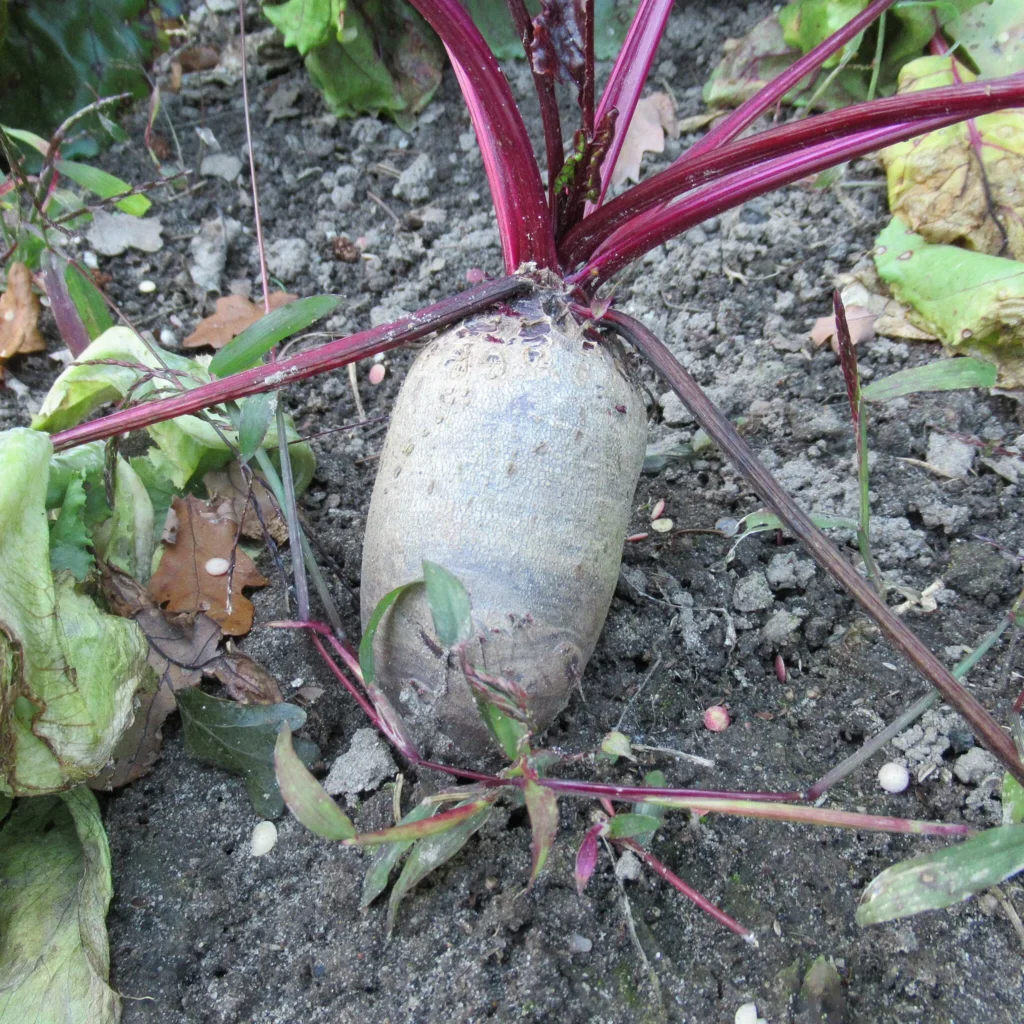
- Watering: Beets require consistent moisture. Water your plants regularly, particularly during dry spells, to prevent the roots from becoming woody.
- Mulching: Mulch around the beets to conserve moisture, suppress weeds, and keep the beet roots cool.
- Fertilizing: Beets are moderate feeders. Apply a balanced vegetable fertilizer at planting time and then again when the plants are about 6 inches tall.
- Rotation: To prevent disease buildup, avoid planting beets in the same spot where you’ve grown them or other root crops in the last two years.
How to Harvest Beets
Beets can be harvested when the roots are anywhere from 1-3 inches in diameter, depending on the desired size and taste. Younger beets are generally more tender and sweeter. To harvest, simply pull the beet out of the ground or gently dig around the root if it resists.
How to Store Beets
After harvesting, remove the tops, leaving about 1 inch of stem on the root to prevent bleeding during cooking. Beets can be stored in the refrigerator for up to a week. For long-term storage, they can be canned, pickled, or frozen.
Additional Resources

For those looking to deepen their knowledge about growing beets, the following resources are invaluable:
- Books:
- “The Vegetable Gardener’s Bible” by Edward C. Smith
- “Rooted in the Earth: Reclaiming the African American Environmental Heritage” by Dianne D. Glave
- Online Guides:
- Local Extension Services:
- Consult your local Cooperative Extension office for guides tailored to your region, soil testing services, and workshops on organic gardening.
- Cooking Blogs and Recipes:
- Discover creative ways to cook beets and their greens on cooking sites like Epicurious or Food52, which feature a variety of recipes from roasting to pickling.
Utilizing these FAQs and additional resources, gardeners can confidently grow, harvest, and enjoy beets throughout the gardening season.
Final Thoughts
Growing beets in your garden can be a rewarding endeavour, providing you with a bountiful supply of nutritious and tasty vegetables. Whether you enjoy them fresh, juiced, roasted, or baked into a chocolate cake, homegrown beets bring a burst of colour and flavour that’s hard to beat.

